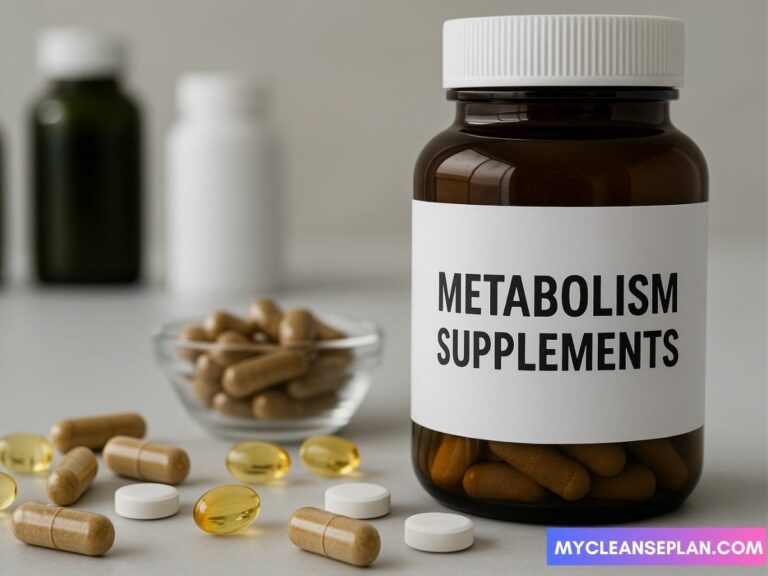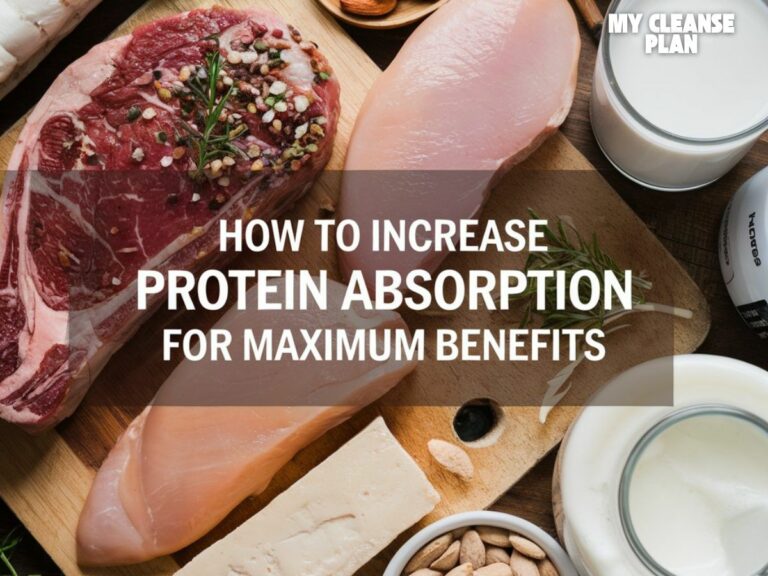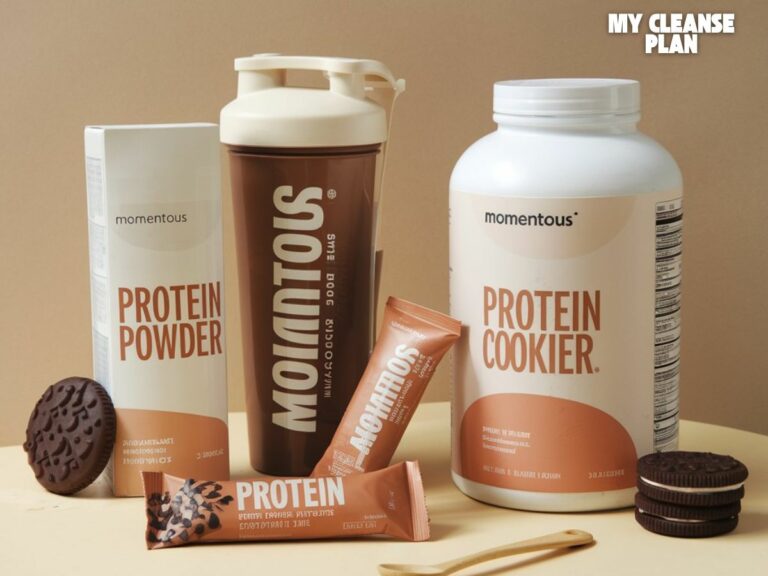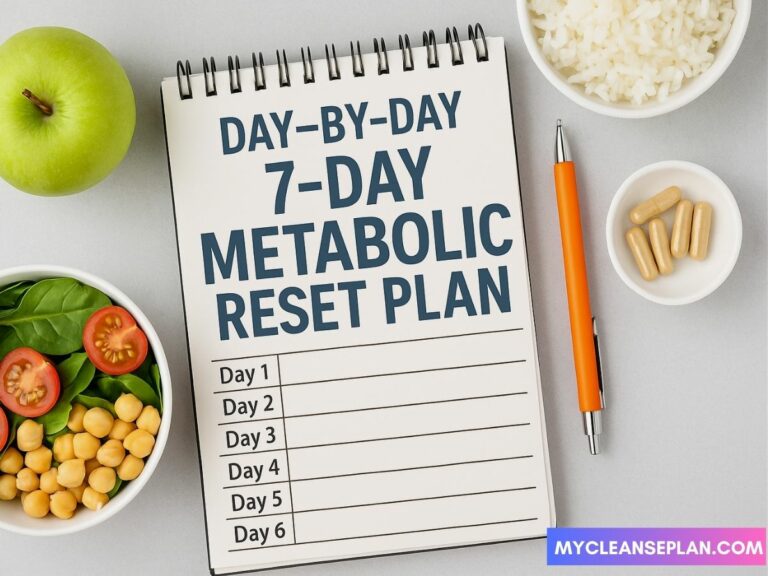Best Exercises for A Faster Metabolism: Doctor’s Suggestion
Did you know a slow metabolism can cause weight gain, fatigue, and health issues? I found out that adding metabolism boosting workouts to your day can greatly improve your health and wellbeing.
Doing the right exercises can up your resting metabolic rate. This means your body burns more calories even when you’re not moving. It can help you lose weight, feel more energetic, and lower your risk of chronic diseases.
Key Takeaways

Understanding Your Metabolism and How Exercise Affects It

Knowing how your metabolism works and how exercise changes it is key to reaching your fitness goals. Metabolism is a vital process that affects how our bodies use energy.
What Exactly Is Metabolism and Why It Matters
Metabolism is a complex network of biochemical reactions in our bodies that keeps us alive. It turns food into energy, builds and repairs tissues, and gets rid of waste. A healthy metabolism is vital for staying healthy and fit.

The Science Behind Exercise and Metabolic Rate
Exercise greatly affects our metabolic rate, which is how fast we burn calories. When we exercise, our metabolic rate goes up to meet our muscles’ energy needs. This boost in metabolic rate can last even after we stop exercising, known as Excess Post-Exercise Oxygen Consumption (EPOC).
Basal Metabolic Rate (BMR) Explained
Basal Metabolic Rate (BMR) is the calories our bodies need to function at rest. It depends on age, sex, weight, and height. Knowing your BMR helps you plan your diet and exercise better.
Excess Post-Exercise Oxygen Consumption (EPOC)
EPOC is when our bodies use more oxygen after exercise. This higher metabolic state can last hours after working out. It helps burn more calories and improves metabolic health.
Factors That Influence Your Metabolic Rate
Many factors can change our metabolic rate, like genetics, age, sex, weight, and body composition. Regular exercise, including both aerobic and resistance training, can increase our metabolic rate.
| Factor | Impact on Metabolic Rate |
|---|---|
| Genetics | Influences BMR and metabolic efficiency |
| Age | Metabolic rate tends to decrease with age |
| Sex | Men generally have a higher BMR than women |
| Weight and Body Composition | More muscle mass is associated with a higher metabolic rate |
High-Intensity Interval Training (HIIT) for Metabolic Boost

If you want to speed up your metabolism, try High-Intensity Interval Training (HIIT). It’s a powerful method that can really make a difference. HIIT means short, intense workouts followed by brief breaks.
Why HIIT Is a Metabolism Game-Changer
HIIT is great for boosting your metabolism. It burns calories during and after your workout. This is because your body keeps burning calories at a higher rate after HIIT.
“The afterburn effect, or EPOC, is a key factor in why HIIT is so effective for fat loss and metabolic enhancement.”
Top HIIT Exercises to Incorporate Today
HIIT can be done in many ways. Here are some top exercises:
Bodyweight HIIT Options
- Burpees
- Jump Squats
- Mountain Climbers
- Push-up to Jump
Equipment-Based HIIT Workouts
- Rowing Sprints
- Kettlebell Swings
- Treadmill Sprints
- Bike Sprints
https://gigasecurehome.com/wyze-cam-v3-wont-say-ready-to-connect
How to Structure an Effective HIIT Workout for Any Fitness Level
To set up a HIIT workout, pick 3-5 exercises. Do each one at full intensity for 20-30 seconds, then rest for 1-2 minutes. Do the circuit 2-3 times. Start with shorter intervals and longer breaks if you’re new to HIIT.
For example, a beginner might do 20 seconds of burpees followed by 40 seconds of rest. An advanced person might do 30 seconds of burpees with 30 seconds of rest.
Adding HIIT to your routine can really boost your metabolism and fitness.
Strength Training: Building Muscle to Burn More Calories

Strength training is a top way to boost your metabolism. As we get older, our muscle mass goes down, slowing our metabolism. But, adding strength training to your routine can keep your metabolism healthy.
The Connection Between Muscle Mass and Resting Metabolism
Muscle needs more energy than fat, so more muscle means a faster metabolism. This means your body burns more calories, even when you’re not moving.
Essential Strength Exercises for Metabolic Health
To get the most metabolic benefits, mix up your strength exercises. Focus on both upper and lower body workouts.
Upper Body Metabolism Boosters
- Push-ups
- Bicep curls
- Tricep dips
Lower Body Power Moves
- Squats
- Lunges
- Deadlifts
Recommended Sets, Reps, and Frequency for Metabolic Gains
To see real metabolic gains, stick to a solid workout plan. Here’s a guide for sets, reps, and how often to do them for different muscles:
| Muscle Group | Sets | Reps | Frequency |
|---|---|---|---|
| Upper Body | 3-4 | 8-12 | 2-3 times/week |
| Lower Body | 3-4 | 8-12 | 2-3 times/week |
| Core | 3-4 | 12-15 | 3-4 times/week |
By doing these strength exercises and following the set, rep, and frequency guidelines, you can really boost your metabolism. This will help you reach your fitness goals.
Compound Exercises That Maximize Calorie Burn

Compound exercises are key to boosting your metabolism. They work many muscles at once. This leads to burning more calories during and after your workout.
Benefits of Multi-Joint Movements for Metabolic Health
Exercises like squats and deadlifts are great because they use a lot of muscle. This boosts your energy use during exercise. It also raises your resting metabolic rate (RMR) because of the extra muscle.
Top 5 Compound Exercises for a Faster Metabolism
- Squats
- Deadlifts
- Bench Press
- Pull-ups
- Lunges
These exercises are essential for any workout that aims to boost metabolism. You can adjust the weights and reps to fit your fitness level.
Form Tips and Common Mistakes to Avoid
Getting the form right is key to avoid injury and get the most out of compound exercises. For example, it’s important to keep your back straight when doing squats and deadlifts.
| Exercise | Common Mistake | Correct Form Tip |
|---|---|---|
| Squats | Letting knees extend past toes | Keep knees in line with toes |
| Deadlifts | Rounding the back | Keep back straight, engage core |
Best Exercises for a Faster Metabolism Throughout the Day

To keep your metabolism up all day, mix different exercises at various times. Exercising at the right time boosts your metabolic rate. This helps you burn more calories all day long.
Morning Exercises to Jump-Start Your Metabolic Engine
Exercising in the morning boosts your metabolism early. Some great morning exercises include:
- Brisk walking or jogging
- Bodyweight exercises like push-ups, squats, and lunges
- Yoga or Pilates to improve flexibility and balance
These exercises kickstart your metabolism and set a positive day tone.
Midday Movement Strategies for Continued Calorie Burn
As the day goes on, keep your metabolism up with midday exercises. Try:
- Taking a short walk during your lunch break
- Doing a few sets of desk exercises, like chair squats or desk push-ups
- Engaging in a midday workout session, such as a quick HIIT routine
These activities keep your metabolic rate up and boost productivity.
Evening Routines That Boost Metabolism Without Disrupting Sleep
Evening exercises can be good if done right. Choose:
- Light cardio, such as cycling or swimming
- Stretching or yoga to relax and improve flexibility
- Avoiding high-intensity workouts that can interfere with sleep
Evening exercises support your metabolic health without hurting your sleep.
By timing your workouts and mixing exercises all day, you boost your metabolism. This improves your overall fitness.
Cardiovascular Training Strategies for Metabolic Enhancement

To boost your metabolism, adding effective cardio workouts is key. These exercises improve heart health, increase endurance, and raise your metabolic rate. Knowing the types of cardio and their effects on metabolism helps you create a better fitness plan.
Steady-State Cardio vs. Interval Training: What Science Says
Two main cardio methods are steady-state and interval training. Steady-state cardio keeps a steady pace for a long time. Interval training, on the other hand, mixes high-intensity bursts with low-intensity breaks. Studies show interval training is better for boosting metabolism because it makes your body work harder and recover faster.
Finding Your Optimal Heart Rate Zone for Fat Burning
Finding the right heart rate zone for fat burning is essential. This zone is usually between 60-80% of your maximum heart rate. To find your maximum heart rate, subtract your age from 220. For instance, a 30-year-old’s maximum heart rate is 190 bpm, setting their target zone at 114-152 bpm.
Cardio Workouts That Keep Burning Calories Hours After Exercise
Some cardio exercises keep burning calories long after you stop. These include:
- High-Intensity Interval Training (HIIT)
- Tabata workouts
- Prolonged cardio sessions at moderate intensity
These workouts burn calories during and after exercise. They cause an afterburn effect, where your body burns calories at a higher rate even after you’ve stopped exercising.
Circuit Training: Combining Strength and Cardio for Maximum Results

Circuit training is a great way to boost your metabolism. It combines strength and cardio exercises. This method burns calories during and after your workout.
Creating a Metabolic Afterburn Effect
Circuit training involves doing strength and cardio exercises one after another. You get little rest in between. This boosts your heart rate and metabolism, burning more calories during and after.
Designing Your Metabolic Circuit Workout
To create a good circuit workout, pick exercises that work many muscles at once. Think squats, lunges, push-ups, and rows. Do 8-12 exercises in a row, each for 30-60 seconds, then rest for 15-30 seconds.
Do the circuit 2-3 times, adjusting the intensity and number of exercises based on your fitness level.
Sample Circuit Workouts
Beginners can start with bodyweight squats, push-ups, and planks. Intermediate folks can add resistance bands or light dumbbells. Advanced trainees can try burpees, box jumps, and kettlebell swings.
No matter your level, circuit training is a great way to boost your metabolism and fitness.
Recovery and Rest: The Overlooked Components of Metabolic Health

Recovery and rest are not just passive states; they’re active parts of keeping a healthy metabolism. We often focus on exercise to boost our metabolic rate. But, it’s also key to understand the role of recovery in this process.
Why Recovery Is Essential for Optimal Metabolic Function
Recovery lets your body fix and grow muscle tissue. This is vital for keeping or boosting your resting metabolic rate. If you don’t recover well, your body can’t burn calories as efficiently.
Key benefits of recovery include:
- Increased muscle repair and growth
- Enhanced metabolic rate
- Improved overall performance
Active Recovery Exercises That Support Metabolism
Active recovery means doing low-intensity workouts that help with blood flow and recovery. Examples are yoga, light swimming, or a casual walk.
“Rest is not idleness, and to lie sometimes on the grass under trees while you gaze upon the sky is some of the time that is most profitably spent.” – Alice May Brockington
Sleep’s Critical Impact on Your Metabolic Rate and Hormones
Sleep is key for metabolic health. It helps control hunger and fullness hormones like leptin and ghrelin. Bad sleep can mess with these hormones, slowing your metabolism.
| Aspect of Metabolic Health | Impact of Poor Sleep |
|---|---|
| Hormone Regulation | Disrupts balance, leading to increased hunger |
| Metabolic Rate | Can slow down metabolic rate |
| Recovery | Impaired recovery and muscle repair |
In conclusion, recovery and rest are vital for a healthy metabolism. By using active recovery and focusing on sleep, you can help your metabolic health. This makes your metabolism-boosting exercises more effective.
Nutrition Strategies to Complement Your Metabolism-Boosting Workouts

To get the most from your workouts, eating the right foods is key. A balanced diet helps your exercise routine and boosts your metabolism. We’ll look at the importance of what you eat before and after working out, and how staying hydrated affects your metabolism.
Pre-Workout Nutrition for Optimal Performance and Metabolism
What you eat before working out matters a lot. A meal with carbs, protein, and fats 1-3 hours before can give you energy and help your muscles. A banana with almond butter and nuts is a good snack. It has carbs, fats, and protein for energy.
Post-Workout Eating to Support Recovery and Continued Burn
After working out, refueling is important for recovery and burning calories. Eating protein and carbs within 30-60 minutes helps your body recover. A protein shake with fruit or a meal with protein and carbs is a good choice. This helps keep your metabolism high and supports your fitness goals.
Hydration’s Surprising Role in Metabolic Function
Drinking enough water is vital for your metabolism. Even a little dehydration can slow your metabolism and hurt your workout. Drink 8-10 glasses of water a day, more if you’re working out hard.
Combining the right metabolism-boosting workouts with good nutrition can really help. A balanced diet and enough water are as important as your exercises.
My Personal Approach to Maintaining a Healthy Metabolism for Life
Keeping a healthy metabolism is a long-term effort. We’ve looked at Best Exercises for a Faster Metabolism like HIIT and strength training. These help boost your metabolism.
I focus on a mix of exercise and healthy eating. I do compound exercises like squats and deadlifts. These work many muscles at once. I also do HIIT to keep my metabolism up all day.
It’s important to listen to your body and rest when needed. Getting enough sleep and doing yoga or light cardio helps. These steps help keep my metabolism in check.
By sticking to a balanced routine of exercise and nutrition, you can speed up your metabolism. Aim for lasting lifestyle changes. This will lead to better health and more energy.
FAQ of Best Exercises for A Faster Metabolism
What are the best exercises to boost my metabolism?
High-Intensity Interval Training (HIIT), strength training, and compound exercises like squats and deadlifts are great. They build muscle and raise your resting metabolic rate.
How often should I do HIIT workouts to see metabolic benefits?
Do HIIT workouts 2-3 times a week. Rest at least one day in between. This balance helps your metabolism without overdoing it.
Can strength training really help increase my resting metabolic rate?
Yes, strength training builds muscle. More muscle means a higher resting metabolic rate.
What are some effective midday movement strategies to boost my metabolism?
Try a short walk, jumping jacks, or bodyweight exercises like squats during your lunch break. They can boost your metabolism.
How does hydration impact my metabolic function?
Staying hydrated is key for a good metabolism. Even a little dehydration can slow it down. Drink plenty of water all day.
Can I boost my metabolism with evening routines without disrupting my sleep?
Yes, gentle exercises like yoga or a short walk are good in the evening. But avoid hard exercise close to bedtime to keep your sleep good.






